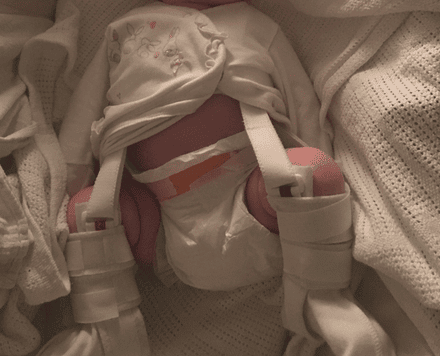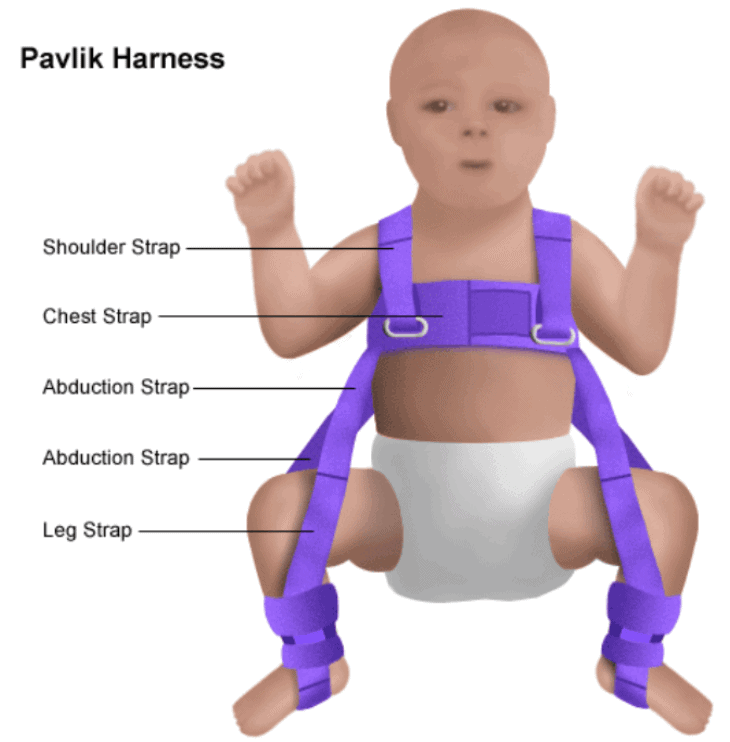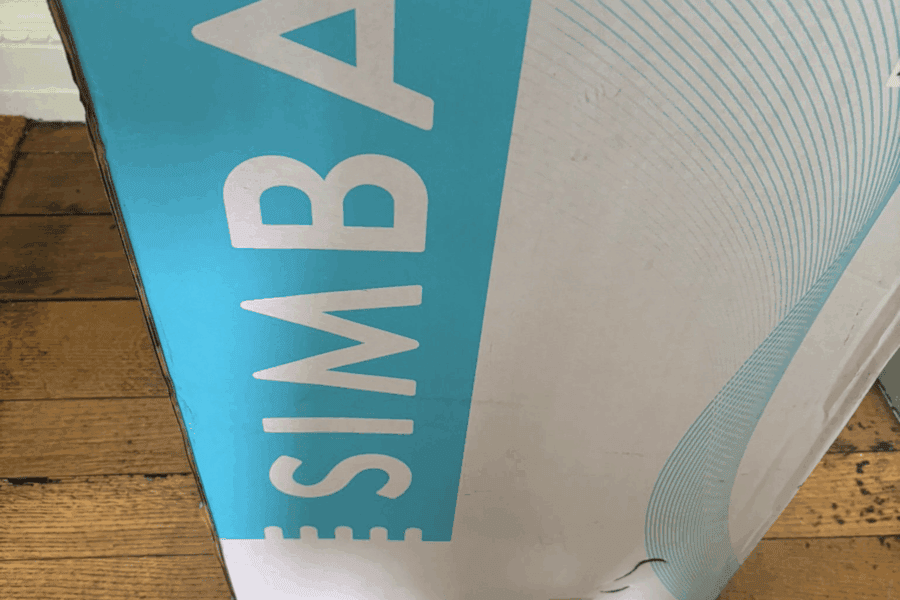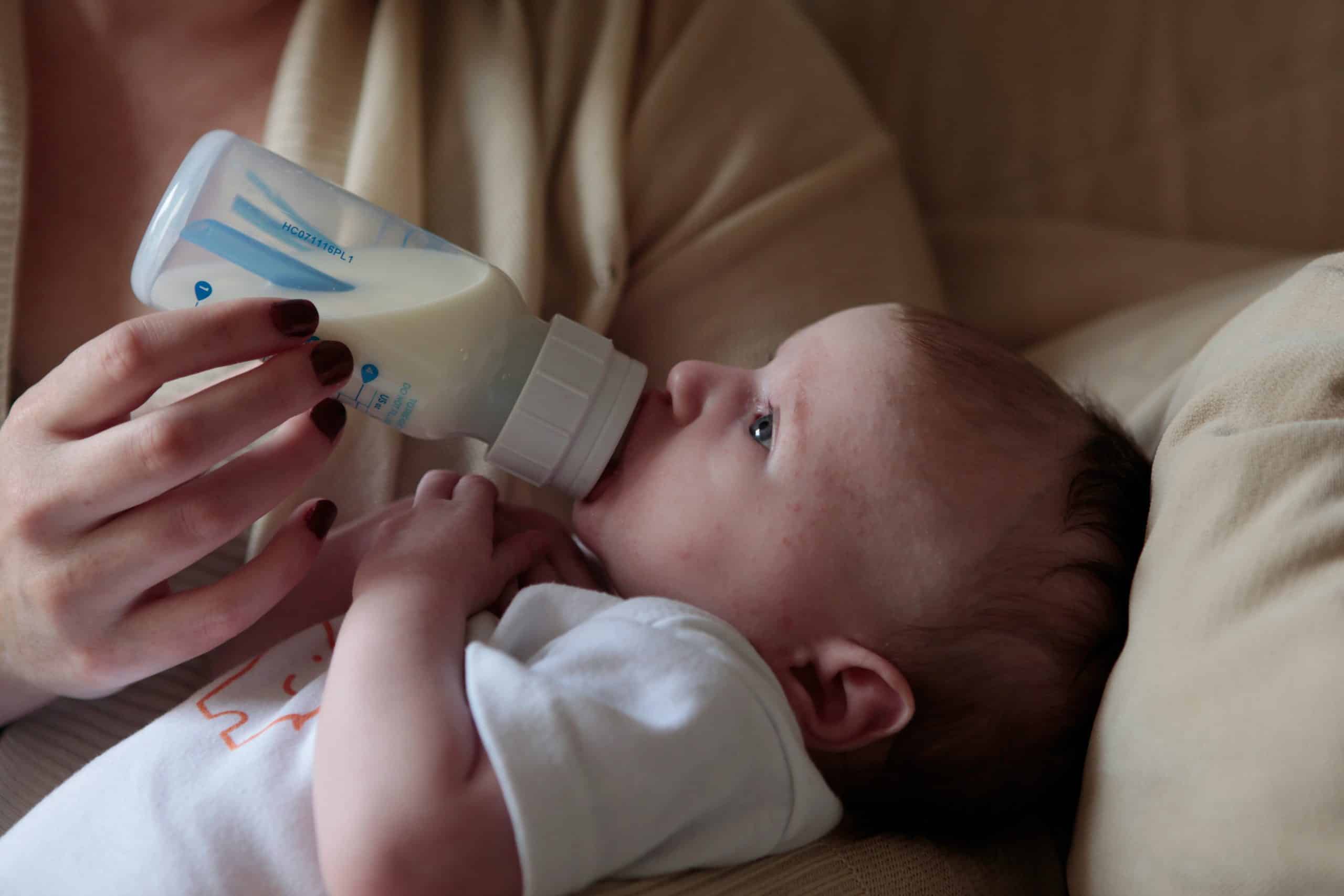
Developmental dysplasia of the hip (DDH) is a condition where the ‘ball and socket’ joint of the hips doesn’t properly form in babies and young children.
It’s sometimes known as congenital hip dislocation or hip dysplasia. The hip joint attaches the thigh bone (femur) to the pelvis. The top of the femur (femoral head) is rounded like a ball and sits inside the cup-shaped hip socket.
In DDH, the socket of the hip is too shallow and the femoral head isn’t held tightly in place, so the hip joint is loose. In severe cases, the femur can come out of the socket (dislocate).
DDH may affect one or both hips but is more common in the left hip. It’s also more common in girls and firstborn children.
About 1 or 2 in every 1,000 babies have DDH that needs treating.
Within 72 hours of giving birth, your baby’s hips will be checked as part of the newborn physical examination. Another hip examination is carried out when your baby is between six and eight weeks old. The examination involves gentle manipulation of your baby’s hip joints to check if there are any problems, and shouldn’t cause them any discomfort.
An ultrasound scan is usually recommended within a few weeks if:
- the hip feels unstable
- there’s a family history of childhood hip problems
- your baby was born in the breech position (feet first with their bottom downwards)
- you’ve had twins or a multiple birth
- your baby was born prematurely – before the 37th week of pregnancy
Sometimes the hip stabilises on its own before the scan is due.
Treating DDH – Pavlik harness
Babies diagnosed with DDH early in life are usually treated with a fabric splint known as a Pavlik harness. This secures both of your baby’s hips in a stable position and allows them to develop normally.
The harness needs to be worn constantly for several weeks and shouldn’t be removed by anyone except a health professional. The harness may be adjusted during follow-up appointments and your clinician will discuss your baby’s progress with you.
Your hospital will provide detailed instructions on how to look after your baby while they’re in a Pavlik harness. This will include information on:
- how to change your baby’s clothes without removing the harness (nappies can be worn normally)
- cleaning the harness if it’s soiled – it still shouldn’t be removed, but may be cleaned with detergent and an old toothbrush or nail brush
- positioning your baby while they sleep – they should be placed on their back and not on their side
- how to help avoid skin irritation around the straps of the harness – you may be advised to wrap some soft, hygienic material around the bands
Eventually, you may be given advice on removing and replacing the harness for short periods of time until it can be permanently removed. You’ll be encouraged to allow your baby to move freely when the harness is off and swimming is often recommended.
It can be a scary and daunting time when you are told that your baby will have to wear a harness. From experience with the two sisters I cared for who had to wear the harness for 6 weeks, they adapted very quickly and got used to it without any fuss.
They were already in established feeding and routines by that stage though and both their parents and I were in agreement, that made a difference to how well they took the change.
The hardest part of them wearing the harness was actually us, as carers, learning how to hold and change their nappy and clothes, without interfering with the harness. It is something you get used to very quickly though and knowing that the harness is there to help your baby, makes it all worthwhile.
The newborn physical examination and the check at six to eight weeks aim to diagnose DDH early. However, sometimes hip problems can develop after these checks. It’s important to contact your GP as soon as possible if you notice your child develops any of the following symptoms:
- restricted movement in one leg when you change their nappy
- one leg drags behind the other when they crawl
- one leg appears longer than the other
- uneven skin folds in the buttocks or thighs
- a limp, walking on toes or developing an abnormal ‘waddling’ walk
Preventing DDH
It’s important to remember that DDH can’t be prevented and it’s nobody’s fault. A baby’s hips are naturally more flexible for a short period after birth. However, if your baby spends a lot of time tightly wrapped with their legs straight and pressed together (swaddled), there’s a risk this may slow their hip development. Using ‘hip healthy’ swaddling techniques can reduce this risk. Make sure your baby is able to move their hips and knees freely to kick.
You can read about hip-healthy swaddling on The International Hip Dysplasia Institute website.
I hope you found this post helpful-more details can be found on the NHS website where we referenced the information above to give you accurate and up to date advice.
The wonderful childrens book Spica Warrior is available here




